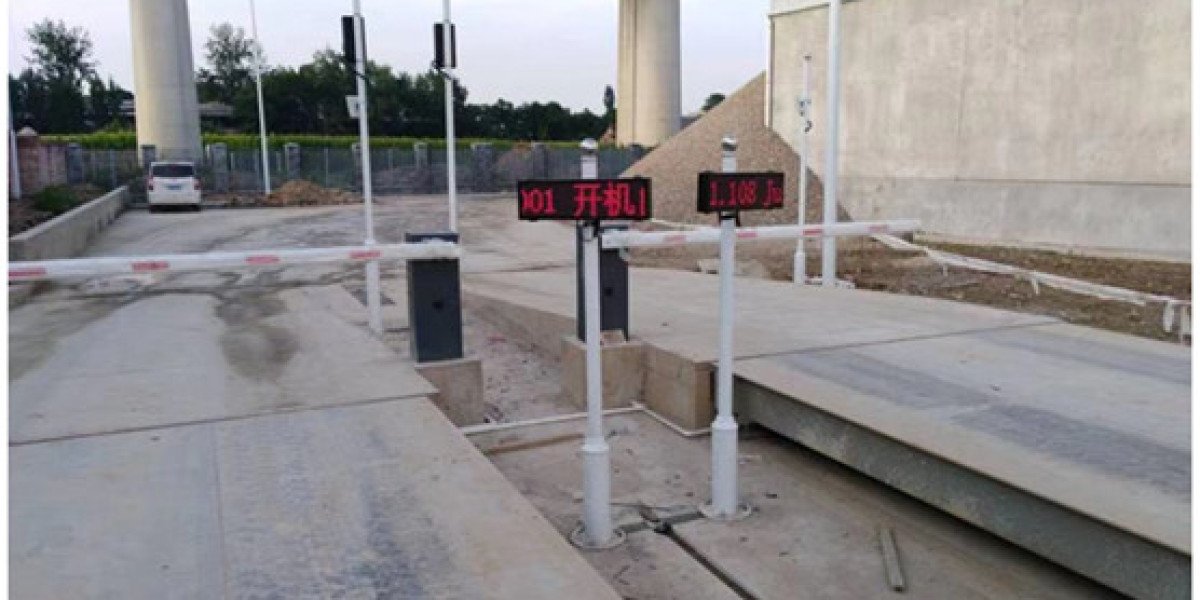Types of Overrun Detection Systems
Physical Barriers:
Cable Barriers: These are flexible steel barriers that are designed to redirect vehicles back onto the road.
Concrete Barriers: Rigid, immovable barriers that can prevent vehicles from entering hazardous areas.
Guardrails: Steel barriers that are typically installed along the edge of the road to prevent vehicles from leaving the roadway.
Electronic Systems:
Radar-Based Systems: These systems use radar technology to detect vehicles approaching the edge of the road and activate warning signals or deploy physical barriers.
Infrared Sensors: Infrared sensors can detect vehicles and trigger alarms or deploy barriers.
Video Analytics Systems: Cameras equipped with advanced analytics can identify vehicles that are veering off the road and activate appropriate countermeasures.
Factors to Consider in ODS Selection
Road Conditions: The type of road, traffic volume, and surrounding environment influence the choice of ODS.
Cost-Benefit Analysis: The initial cost of installation and maintenance should be weighed against the potential benefits in terms of accident prevention and property damage reduction.
Local Regulations: Adherence to local regulations and standards is essential for ODS implementation.
Maintenance and Operation: Consider the long-term maintenance requirements and operational costs of different ODS technologies.
Global Best Practices
Integrated Approach: Combine physical barriers with electronic systems for a comprehensive approach to overrun prevention.
Early Warning Systems: Implement early warning systems, such as rumble strips or flashing lights, to alert drivers of potential hazards.
Data-Driven Decision Making: Use data collected from ODS to identify high-risk areas and tailor mitigation measures accordingly.
Regular Inspections: Conduct regular inspections of ODS to ensure their proper functioning and make necessary repairs or replacements.
Public Awareness Campaigns: Educate drivers about the importance of safe driving practices and the role of ODS in preventing accidents.
Case Studies
Sweden: Sweden has implemented a comprehensive approach to overrun prevention, combining physical barriers with electronic systems and public awareness campaigns.
United States: The Federal Highway Administration (FHWA) has developed guidelines for ODS implementation and provides funding for eligible projects.
Japan: Japan has invested heavily in advanced electronic systems, such as radar-based and video analytics systems, to prevent overruns on its highways.
Conclusion
Overrun detection systems are essential tools for enhancing highway safety. By carefully considering factors such as road conditions, cost-benefit analysis, and local regulations, transportation authorities can select the most appropriate ODS technologies to prevent accidents and protect lives.








